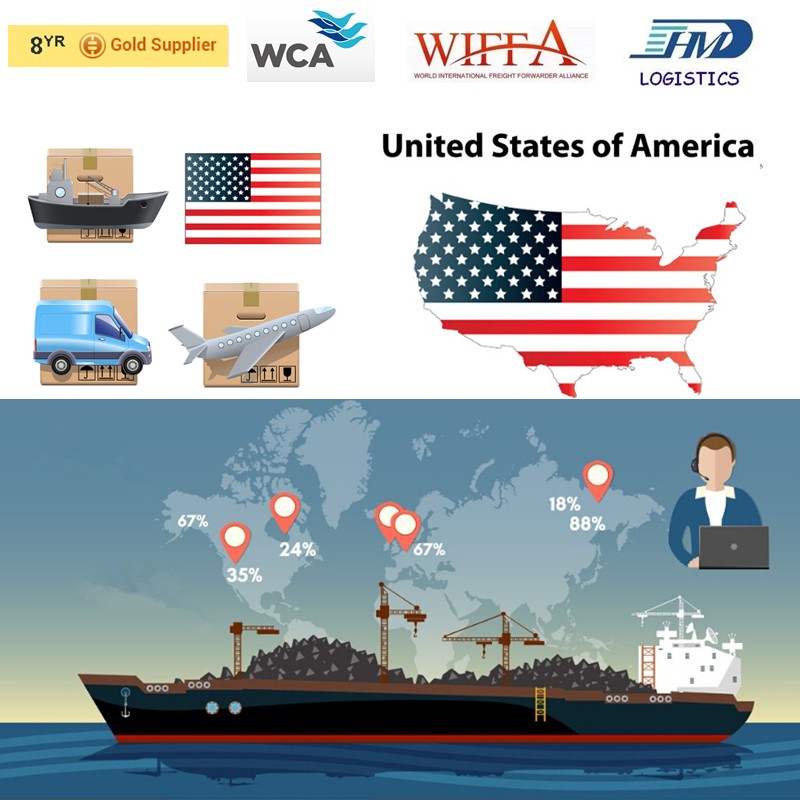Children's folding chairs and stools exported to the United States must meet the following requi
- Author:Cynthia
- Source:5688.cn
- Release Date:2017-12-26
December 8, 2017United StatesThe Consumer Product Safety Commission (CPSC) passed a new federal rule that children's folding chairs and stools must meet the following requirements to increase the safety of children's folding chairs and stools. The new rules come into effect six months after they are published in the Federal Register.
The company is located in:
The company is located in:
Requirements are as follows:
1, with locking function or enough hinge clearance;
2, through the forward and roll stability testing;
3, with warning signs.
From January 2003 to August 2017, CPSC received a total of 153 incident reports, of which 105 were related to children's folding chairs and benches, children were easily caught in hands, or fell over from chairs.
2015 Consumer Product Commission (CPSC) Propose New Rules 16 CFR 1232 Child Folding Chairs and Stools Safety Standards As Required by Legislation Procedure Section 104 (b) of the U.S. Consumer Product Safety Improvement Act (CPSIA) This regulation will adopt the current ASTM standard F2613-14 Safety of children's chairs and stools with some modifications.
The ASTM standard defines a child chair as: a hard-frame furniture that can seat and lean on children's bodies, limbs and feet. Children's stools are considered as accessories to chairs, "children's chairs without backrests or armrests," and in this standard definition of folding chairs and folding stools are child chairs or stools that can be folded up for storage or carrying.
Proposed 16 CFR 1232 makes several changes to the following major requirements in the ASTM standard:
ASTM F2613-14 covers all child chairs and child stools intended for single child access without assistance, seat height not exceeding 15 inches, with or without rocking base. However, the CPSC proposal only applies to collapsible children's chairs and children's stools.
CPSC also proposed adding a side-stability test in addition to the post-stability test to ensure that lateral or reverse tipping will not occur.
Marking and labeling in the ASTM standard call for hazard information in more prominent positions to enhance warning effectiveness.
Some highlights of ASTM F2613-14 focus include:
1, cut, folder hazards
2, set institutions folding institutions
3, stacked institutions
The CPSC proposed that the decree come into force six months after the final version was published in the official journal.

1, with locking function or enough hinge clearance;
2, through the forward and roll stability testing;
3, with warning signs.
From January 2003 to August 2017, CPSC received a total of 153 incident reports, of which 105 were related to children's folding chairs and benches, children were easily caught in hands, or fell over from chairs.
2015 Consumer Product Commission (CPSC) Propose New Rules 16 CFR 1232 Child Folding Chairs and Stools Safety Standards As Required by Legislation Procedure Section 104 (b) of the U.S. Consumer Product Safety Improvement Act (CPSIA) This regulation will adopt the current ASTM standard F2613-14 Safety of children's chairs and stools with some modifications.
The ASTM standard defines a child chair as: a hard-frame furniture that can seat and lean on children's bodies, limbs and feet. Children's stools are considered as accessories to chairs, "children's chairs without backrests or armrests," and in this standard definition of folding chairs and folding stools are child chairs or stools that can be folded up for storage or carrying.
Proposed 16 CFR 1232 makes several changes to the following major requirements in the ASTM standard:
ASTM F2613-14 covers all child chairs and child stools intended for single child access without assistance, seat height not exceeding 15 inches, with or without rocking base. However, the CPSC proposal only applies to collapsible children's chairs and children's stools.
CPSC also proposed adding a side-stability test in addition to the post-stability test to ensure that lateral or reverse tipping will not occur.
Marking and labeling in the ASTM standard call for hazard information in more prominent positions to enhance warning effectiveness.
Some highlights of ASTM F2613-14 focus include:
1, cut, folder hazards
2, set institutions folding institutions
3, stacked institutions
The CPSC proposed that the decree come into force six months after the final version was published in the official journal.

